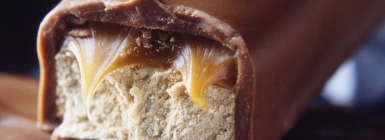
Ingredients for Success: Getting the Basics Right
The key to a perfect cream or fondant lies in the quality and combination of its ingredients:
- Sugar: Provides structure and sweetness.
- Water: Acts as the base to dissolve sugar, creating a supersaturated solution.
- Glucose Syrup: Helps control crystallization for a smooth texture.
- Butter, Oil, Fat, Shortening (for Cream Fillings: Adds richness, enhancing the texture and mouthfeel).
- Powders, for examples powdered sugar or cacao powder are added to creams to create the right viscosity and flavor profile.
Each of these ingredients is essential for building the perfect texture, pliability, and consistency in cream and fondant.






